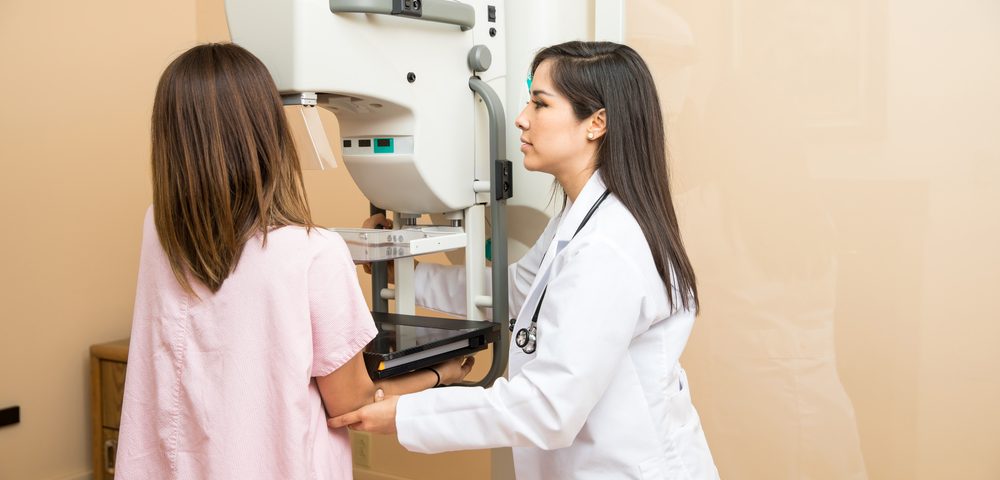Breast cancer detection increases significantly when the percentage of women whom radiologists call back for additional mammograms is higher than what experts recommend, a study says.
The research, “Recall and Cancer Detection Rates for Screening Mammography: Finding the Sweet Spot,” was published in the American Journal of Roentgenology.
A team led by Rush Medical College radiologist Paula Grabler discovered that the optimum rate of breast cancer detection was achieved when radiologists recalled 12 to 14 percent of the women they had checked earlier. That recall rate was considerably higher than the current American College of Radiology recommendation of five to 12 percent.
“Even 10 percent, the average current recall rate, may be too low,” Grabler, an assistant professor at Chicago-based Rush who authored the study, said in a press release.
But a recall rate higher than 14 percent generated statistically insignificant additional detection results, so the researchers recommended capping the rate at 14 percent.
Grabler’s team analyzed the practices of 19 breast imaging radiologists to determine optimal recall rates. They reviewed almost 189,000 mammograms performed between 2007 and 2012.
Radiologists “operating at recall rates 12 percent or higher found significantly more cancers of all types, compared with those operating within the minimally acceptable five to 12 percent recall performance,” the researchers wrote.
Grabler is aware that a recall request is a sensitive issue, both for the radiologist and the women who get a second breast imaging scan — because it’s often frightening for those who get called back. She advises radiologists to be careful when recalling patients.
“In my practice, when women return, we inform them of the results immediately after the additional imaging. We relieve their anxiety when we can before they walk out the door,” she said.
Cancers detected on mammograms range from ductal carcinoma in situ (DCIS), the most common type of non-invasive breast cancer, to more aggressive types. When doctors find a cancer early, women may be able to undergo less aggressive treatments.
Grabler said a newer 3D mammography technology will be available at Rush Oak Park Hospital in the spring that may be able to detect a lot more cases of cancer early without doctors having to resort to higher recall rates. The technology is based on tomosynthesis, which has been shown to be particularly helpful in diagnosing women with dense breasts.

